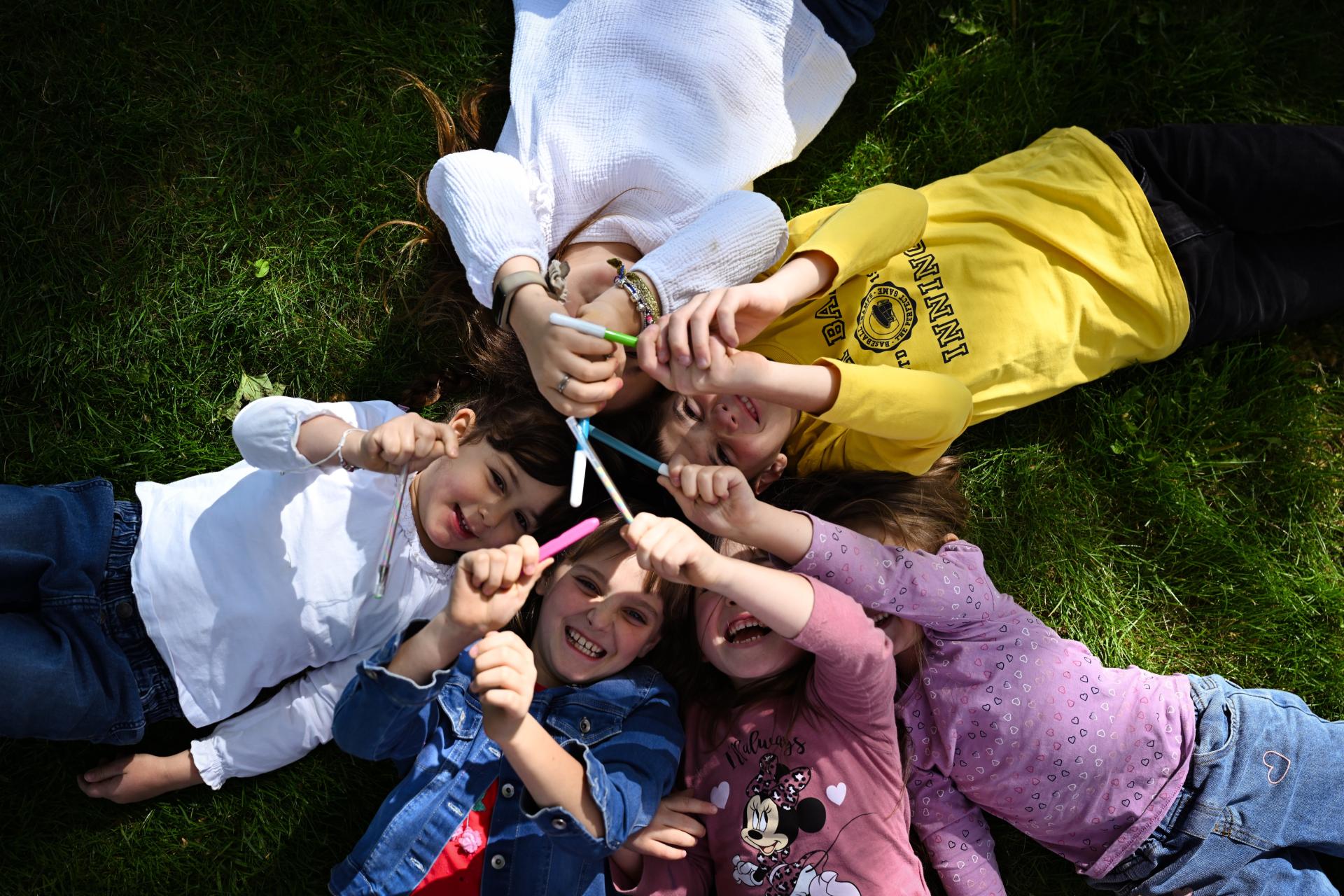Playing is a child's right, as established by Article 31 of the 1989 UN Convention on the Rights of the Child. Playground design is therefore a meaningful commitment, as play is recognised as a fundamental right in the 1959 UN Declaration and the 1998 Guidelines on the Right of the Child to a Just and Safe Environment.Designing playgrounds goes beyond urban planning — it's a profound social responsibility. Every design decision must prioritise the child, creating safe, inclusive, and engaging spaces. In this context, playgrounds become instruments for fostering well-being, development, and the right to play, reinforcing the importance of protecting childhood as a vital phase of human growth.All our playground structures are inclusive, with some designed to accommodate users with temporary or permanent motor disabilities. The accessible structures are marked with a wheelchair symbol.
An inclusive playground is more than just a space — it represents a community where everyone feels welcome, and is free to play and share their experiences.
An inclusive playground isn't just a place where everyone plays in the same way; it also offers a rich and positive social experience. It is a space that embraces diversity and offers opportunities for everyone to interact and play, promoting equality for all. Designing an inclusive playground means creating places that reflect the community’s values, promote the wellbeing of each individual, while ensuring that every child can fully enjoy their right to play and learn.The design must consider a range of abilities — motor, sensory, and cognitive — integrating a variety of equipment that can be used in different ways by individuals with different needs, preferences, and skills, helping to foster an inclusive environment. This ensures every child has the opportunity to actively participate, regardless of their ability level.Inclusive spaces should enable everyone to participate in activities flexibly, respecting individual needs and encouraging cooperation and social interaction among children of varying ages and ability levels.Incorporating the core elements of inclusiveness from the outset demonstrates a commitment to creating spaces that embrace and celebrate diversity.
Universal accessibility is the cornerstone of fitness space design. Guaranteeing accessibility for all, with no exclusions, is fundamental to designing environments that reflect the principles of equality and inclusion. Inclusive design must consider a full range of physical, sensory, and cognitive abilities, ensuring that each individual is able to engage in the proposed activities safely and comfortably.Some product lines have been specially designed to be accessible for users with temporary or permanent motor disabilities, with features that ensure an inclusive and accessible outdoor fitness experience, fostering universal participation and well-being.An inclusive outdoor fitness area must be designed with a universal mindset, ensuring accessibility for all, regardless of physical ability. It is crucial for the area to include clear, user-friendly instructions for equipment use, ensuring that everyone is able to use the facilities safely. The structures should be multifunctional and adaptable to different levels of physical ability. Ease of use must also be a key design factor, allowing all users — including those with physical limitations — to train independently and with confidence.

